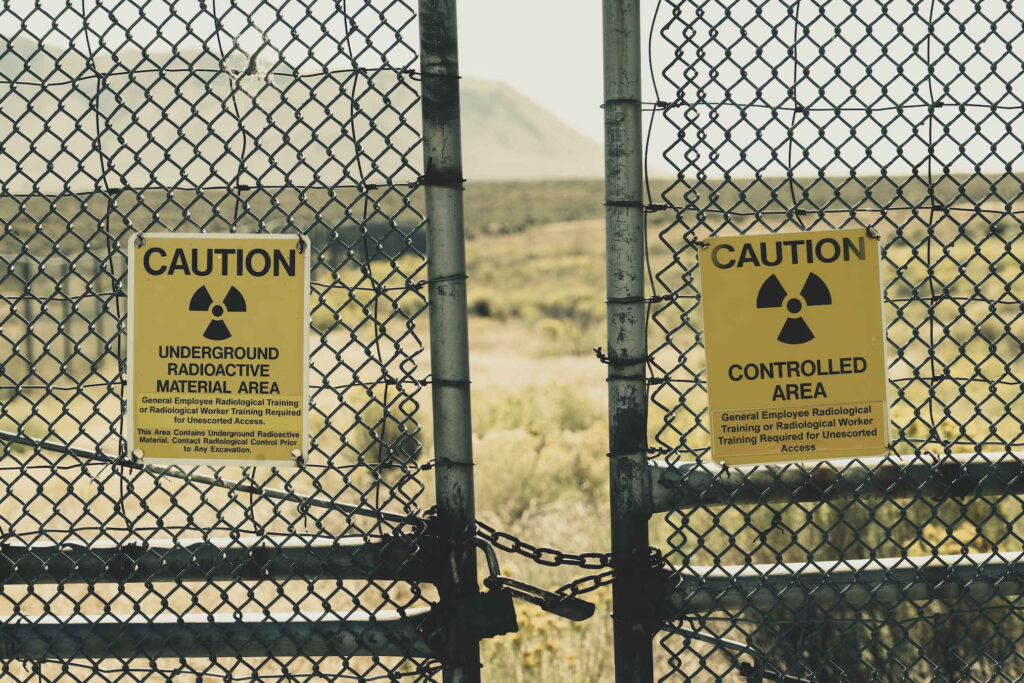
US scientists have successfully repeated a historic experiment creating fusion energy, proving the process can be replicated.
US government scientists have claimed that they can now “consistently” produce fusion energy after successfully replicating the process at least three times since announcing their initial breakthrough last year.
Researchers at the Lawrence Livermore National Laboratory (LLNL) in California disclosed their latest findings in a report earlier this month, saying they had achieved net energy gain from fusion reactions twice in October and once in July. The claim came one year after the US Department of Energy (DOE) reported that LLNL scientists had achieved “fusion ignition,” marking the first such controlled reaction that yielded more energy than was used to produce it.
“The pursuit of fusion ignition in the laboratory is one of the most significant scientific challenges ever tackled by humanity,” LLNL Director Kim Bundil said in the report. “Achieving it is a triumph of science, engineering and, most of all, people.”
Nuclear fusion involves the fusing together of atoms to create energy, as opposed to nuclear fission, which splits atoms apart. Unlike nuclear fission, nuclear fusion doesn’t create radioactive waste requiring long-term storage. It has the potential to produce vast amounts of emission-free electricity. US officials also have claimed that fusion advances will enable scientists to modernize the country’s nuclear weapons.
However, scaling up ignitions enough to achieve utility-scale use of fusion energy could be decades away. The LLNL scientists triggered ignition by firing 192 lasers into a pellet of hydrogen fuel. They used 2.05 megajoules of ultraviolet energy in the process, and the reactions yielded up to 3.88 megajoules. The net gain was enough power to boil a few kettles of water.
Nuclear fusion is what keeps the sun and other stars burning and can potentially release far more energy than can be generated from fossil fuels. Fusion fuels include deuterium, which can be cheaply extracted from seawater, and tritium, which can be made from lithium.
The US has competition in the race to harness nuclear fusion, as dozens of other countries are involved in researching the process. China’s “artificial sun” project announced a breakthrough last August in “high-confinement mode” operation, which can improve the efficiency of fusion reactors.
China, Russia, India, Japan, South Korea, the US and the EU are jointly funding the International Thermonuclear Experimental Reactor (ITER), a magnetic fusion device under construction in southern France.
Image credit: Dan Meyers
I read a patent a while ago published by Salvador Pais who I believe worked for the US Navy. The patent was for compact fusion reactors from 1 meter to 2 meters across that generate between 4 gigawatts to 1 terawatt of power. They probably already have this as operational in Solar Warden.